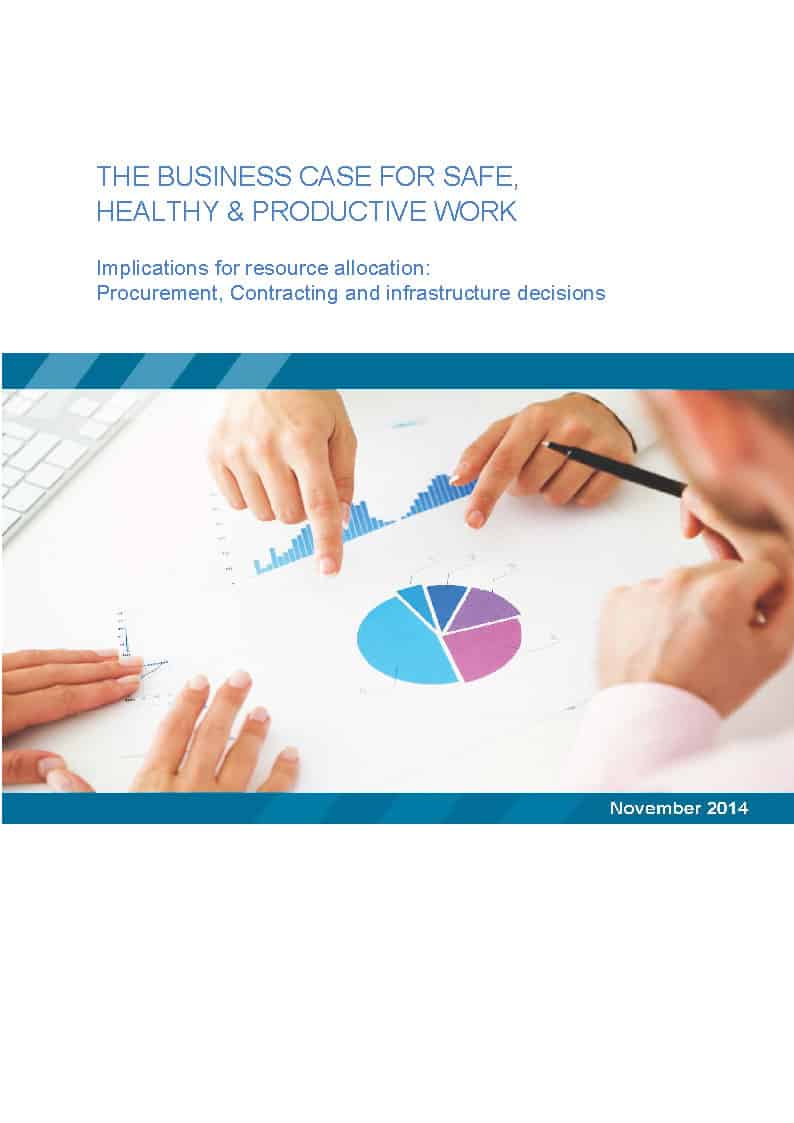The media’s focus on standing desks continues in Australia with the PM radio program on 7 May 15 stating:
“If you thought those standing desks, and even the newer treadmill desks, were a fad, think again.”
This compounds the continuing distraction from organisational causes to individual adaptability and encourages short-term thinking on occupational health and safety (OHS) issues.
The radio program built a report around some very useful research data released by the Heart Foundation which, amongst other findings, stated:
“More than one in two Australian workers reported that they do not do enough physical activity to be healthy. In fact, one in four Australian workers does very little or no physical activity at all. The most common reasons Australian workers are not physical active is due to lack of time, a lack of enjoyment when doing physical activity or simply would prefer to do other things than undertaking physical activity.”
Sedentary behaviour is an acknowledged risk factor in various chronic diseases and the Heart Foundation should be commended for providing further evidence. But there is no mention of standing desks in the Foundation’s media release or

